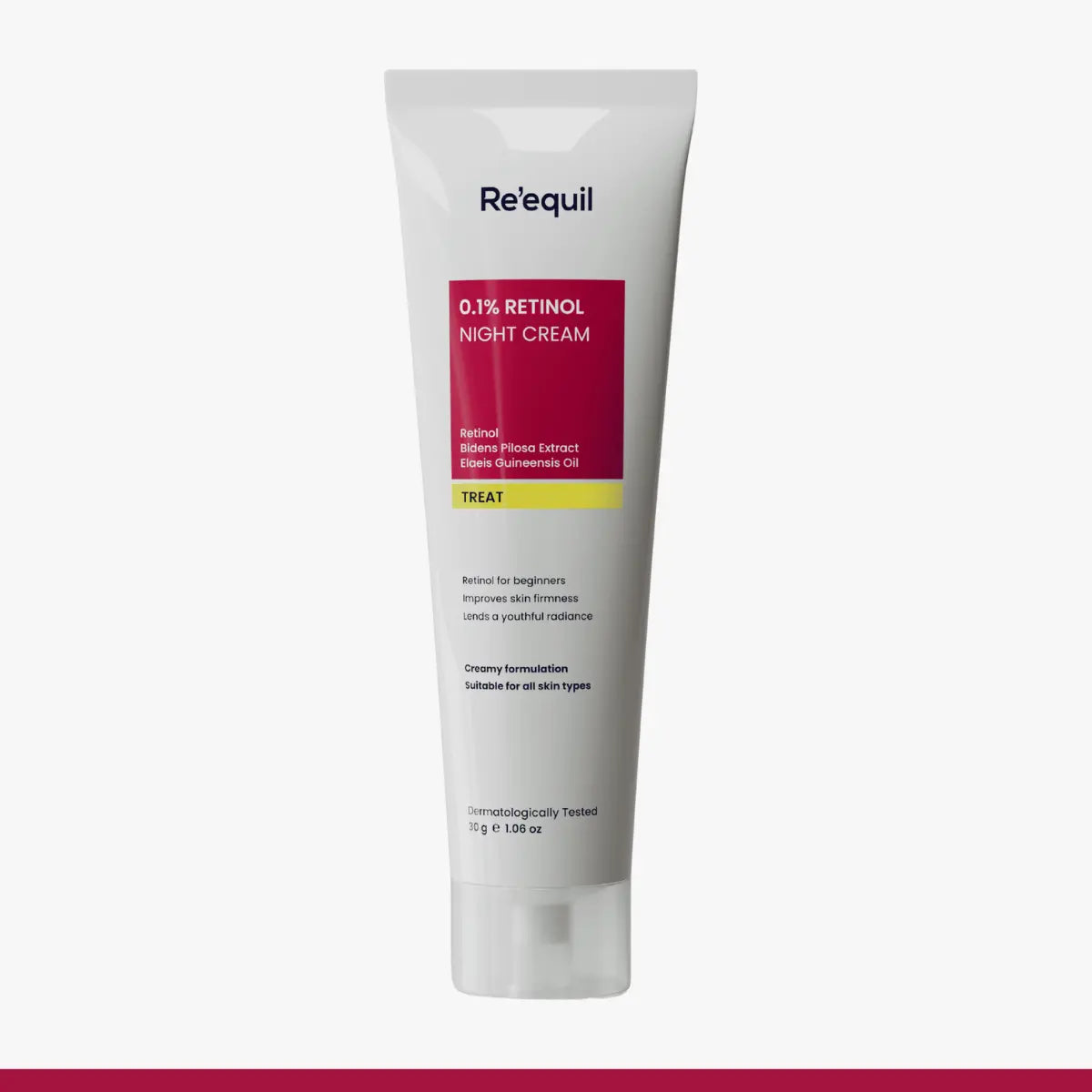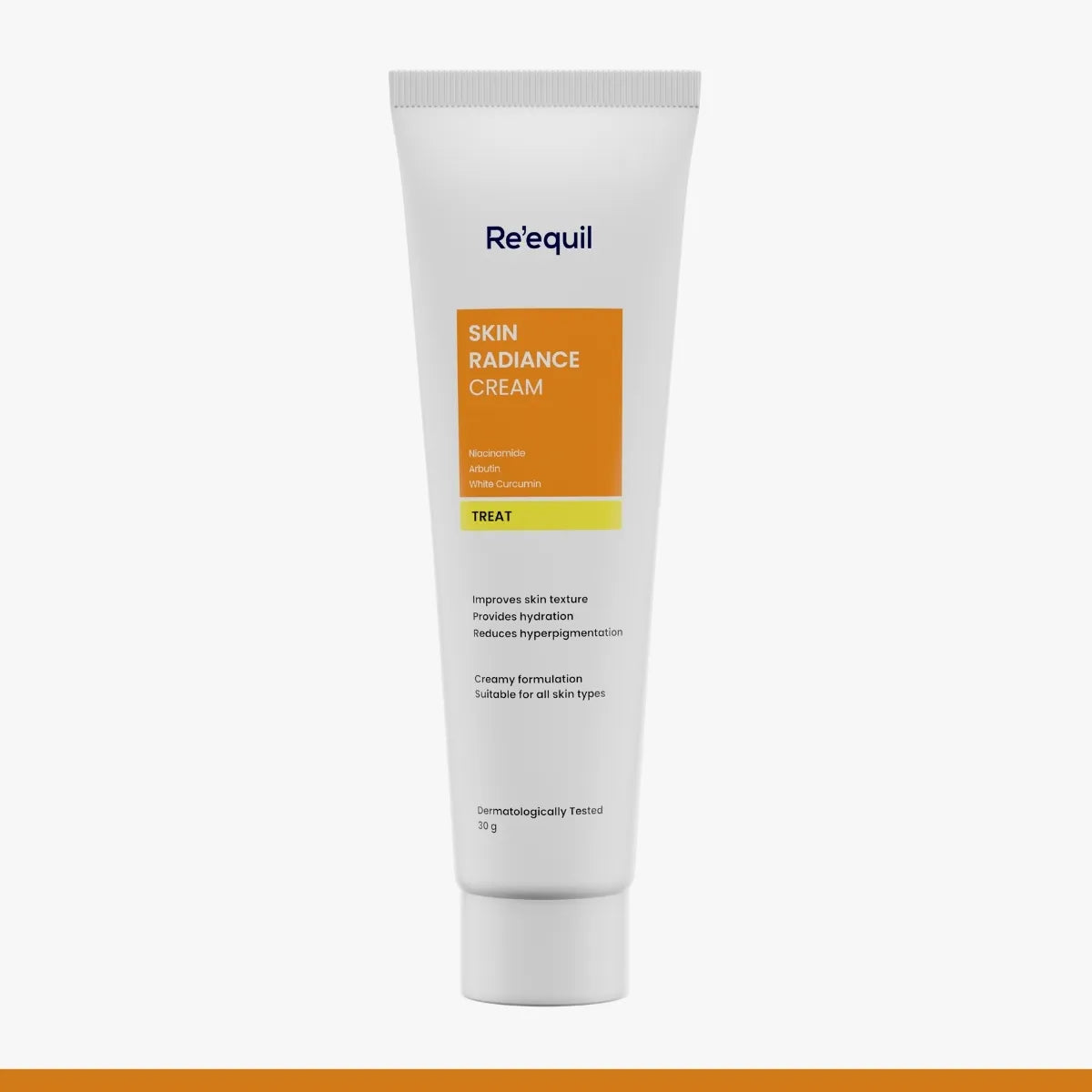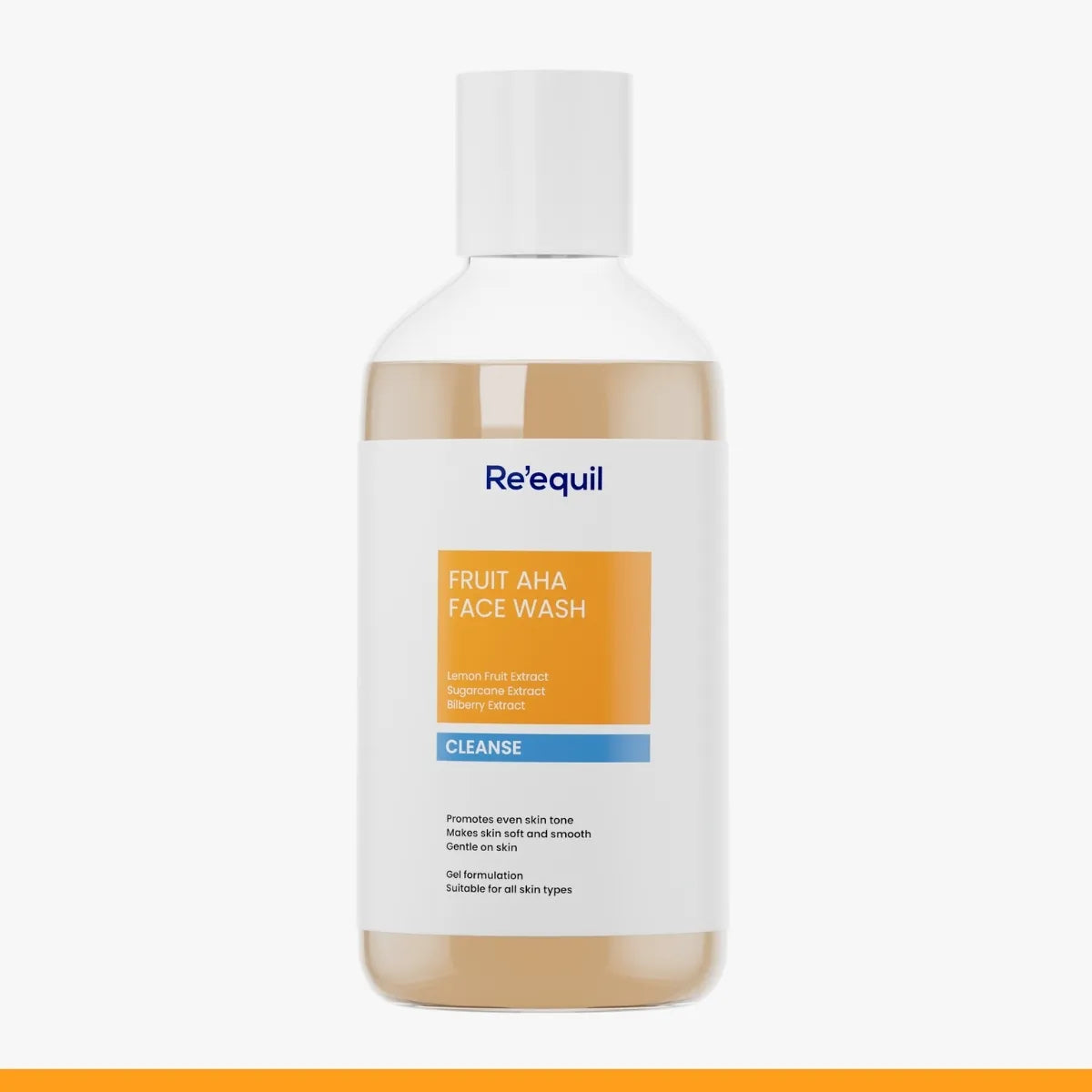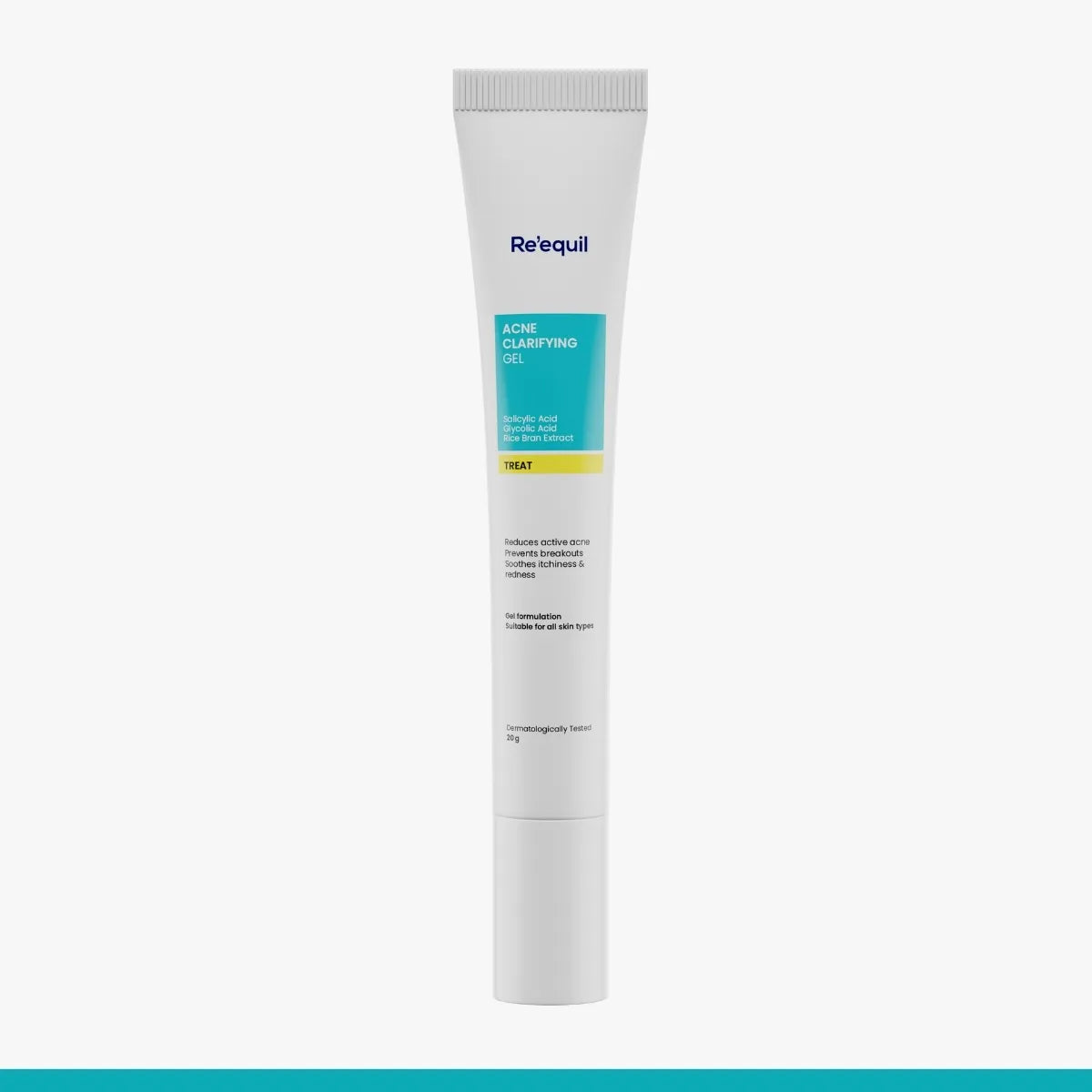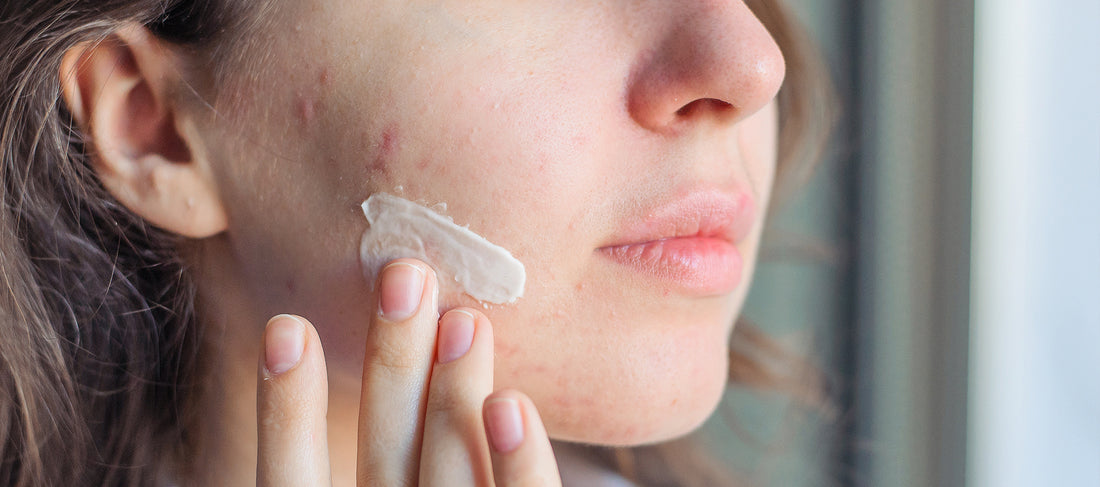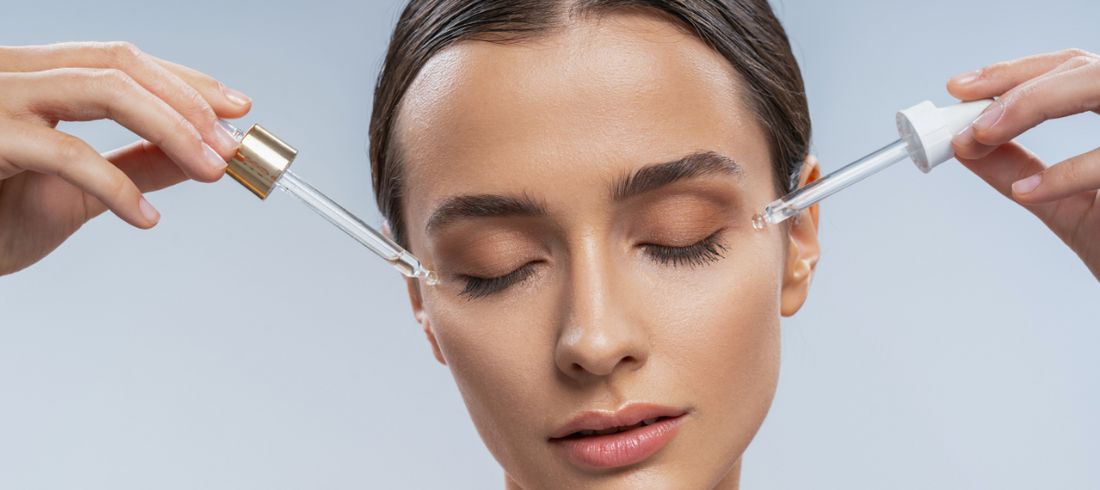Certain things simply complement each other well: fries and ketchup, pizza and its toppings, bread and butter.
Similarly, there are skincare ingredients that work well together.
So, what about Retinol and Salicylic Acid (SA)?
Is it okay to mix them in your skincare routine?
The short answer is YES.
But there's more to it; can you use both ingredients on the same day, and are there any side effects?
This article has answers to all your questions, so keep reading.
What is Salicylic Acid?
Salicylic Acid is a BHA (beta-hydroxy acid) that helps remove dead skin cells (exfoliation) from the stratum corneum (the outer layer of your skin).
Salicylic Acid is also considered a safe and effective peeling agent.
A 2015 study says that Salicylic Acid is a mild peeling agent that treats numerous dermatological and cosmetic issues such as acne, photodamage, melasma, inflammation (by decreasing redness and swelling), etc.
Peeling Agent: The idea behind peeling is to deliberately remove the dead skin cells (controlled chemical injury) to stimulate its renewal process, which smoothes the skin and promotes even texture.
You will find topical variants of Salicylic Acid in the form of creams, liquid, shampoo, serums, and ointment.
Known benefits of Salicylic Acid
- Controls the excess production of sebum so that individuals struggling with acne have fewer breakouts.
- Reduces enlarged pores.
- Promotes exfoliation and cell regeneration.
What is Retinol?
Retinol (a category of Retinoids) is a vitamin A derivative known for its anti-ageing effects.
Unlike Salicylic Acid, Retinol does not shed dead skin cells. Instead, it goes beneath the outer layer of skin, from the epidermis (top layer) to the dermis (middle layer).
Once Retinol molecules reach the dermis, they reduce or balance free radicals.
A 2010 study says that free radicals damage skin cells, eventually leading to premature ageing.
Thus, Retinol can help you with skin concerns like wrinkles and fine lines.
Moreover, Retinol promotes elastin (a type of protein) and collagen production in your skin which increases the blood flow (plumping effect).
As a result, you can see benefits like improved skin texture and reduction in enlarged pores.
Can you use Salicylic Acid and Retinol together?
Yes, you can. But, not at the same time. For example, while you are doing your skincare routine, be it day or night, do not mix both ingredients.
Instead, use them on alternate days. Some suggest you can use Retinol and SA at different times of the day, but it is really not recommended.
“Using Salicylic Acid and Retinol at the same time or on the same day increases the risk of skin irritation such as flaking, dryness, and redness. Start with low concentrations of each and apply it on different days” says Dr Aseem Sharma, MD, DNB, FAAD.
The simple reason behind this is that Salicylic Acid is a peeling agent that can make your skin dry—and Retinol too can be drying initially.
To be more specific—here is whether you should use this combination based on your skin type.
- If you have oily skin, your skin may handle the initial dryness caused by Salicylic Acid and Retinol. Yet, still use them on different days and see how your skin is reacting.
- If you have dry skin, your skin may not be able to handle the dryness; it will simply be too much. Thus, we recommend you stick to any one of these active ingredients. Once you have built enough tolerance, introduce your skin to another exfoliation ingredient.
-
If you have combination skin, you can introduce your skin to both ingredients, but gradually. Follow our guide below on how to strategically introduce Retinol and Salicylic Acid together in your skincare routine.
How to use Salicylic Acid and Retinol together in your skincare routine?
Here is how to use both of these ingredients in your AM/PM skincare routine (alternate days).
Let’s say you are someone who either is -
- Individual 1: You are new to Salicylic Acid and Retinol.
- Individual 2: You have been using Retinol for a while and want to add Salicylic Acid.
- Individual 3: You have been using Salicylic Acid and want to add Retinol.
AM Routine (for the days you are not using Retinol)
This applies to Individuals 1 and 2
- Apply Salicylic Acid to your face; cleanser (coin-sized), serum (3 to 5 drops) or cream (1 to 2 pumps).
- Then, apply a moisturiser containing hydrating ingredients to combat the dryness.
- Follow it up with a broad-spectrum sunscreen with SPF 50.
If individual 3 has been using Salicylic Acid at night, he/she can start using it in the AM routine, as Retinol should be used at night.
PM Routine (for the days you are not using Salicylic Acid)
Applies or Individuals 1 and 3
- Wash your face with a gentle cleanser.
- Pat your face dry and wait for a few minutes.
- Take a pea-sized amount of Retinol (low concentration, 0.1%) and apply it to your face (avoid the area near your nose, eyes, and lips).
- Apply a hydrating moisturiser.
- The next morning, make sure to use sunscreen.
Individual 2 can carry on with whatever concentration they have been using or the frequency.
Are there any side effects of using this combination?
Yes, using Retinol and Salicylic Acid together does have potential side effects such as -
- Redness
- Dryness
- Irritation
- Flaking
However, if you apply lower concentrations, you may not experience any adverse effects.
A 2016 study says that a lower concentration of Retinol can be applied safely and effectively with Salicylic Acid; the combination can treat concerns like premature signs of ageing.
If you had to pick one: which is better for you, Retinol or Salicylic Acid?
Retinol is a type of vitamin A, the first vitamin approved by the Food and Drug Administration as an effective treatment for wrinkles and fine lines. Moreover, Retinol is also effective when treating hyperpigmentation and uneven skin tone.
Thus, if your skin concerns are chronological ageing and photoaging (when sun damage causes premature ageing), Retinol is the right skincare ingredient for you.
Whereas, Salicylic Acid unclogs/sheds dead skin cells and controls excess sebum production, helping with mild acne (blackheads and whiteheads) and even preventing future breakouts.
So if your primary concern is acne, Salicylic Acid is the right way to target it.
